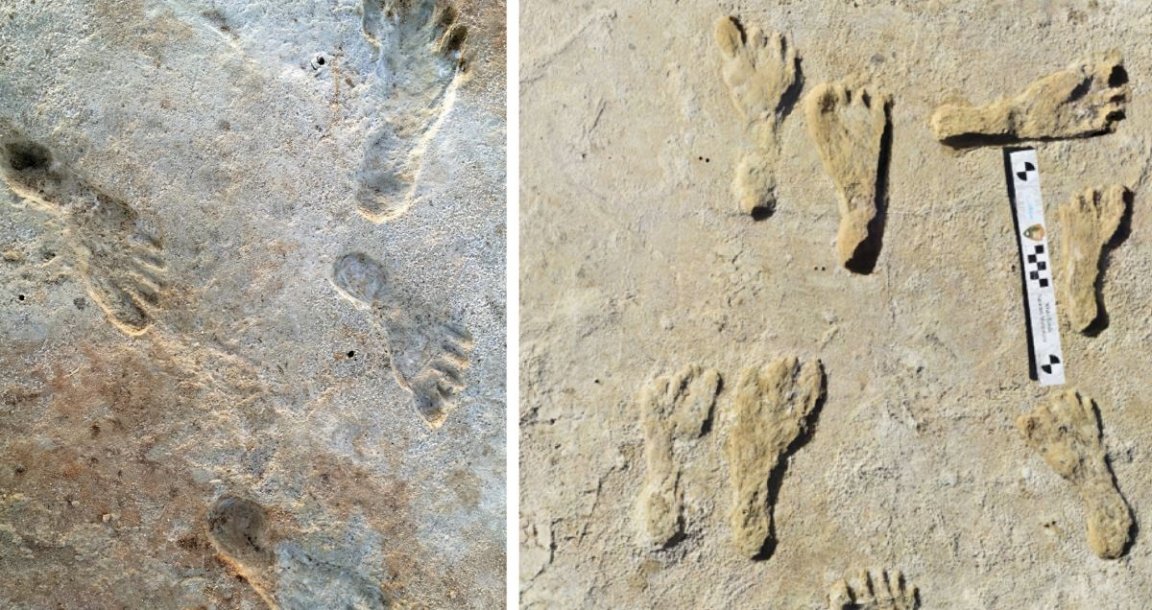
One Small Step
For the past century, scientists have debated over when humans first set foot in the Americas. But in 2021, a study on a set of human footprints discovered in the White Sands National Park in New Mexico blew the whole mystery wide open again.
The findings showed that the fossilized footprints were made during the height of the Ice Age, some 21,000 to 23,000 years ago — far older than what many scientists thought possible and potentially upending our entire understanding of how the Americas were first populated.
Now, the researchers have followed up those findings with a new study, published in the journal Science, that provides even more evidence that their original dates were correct.
“This opens up a whole new chapter in our understanding of the peopling of the Americas,” Summer Praetorius, a paleoceanographer at the US Geological Survey who was not involved in the study, told The New York Times.
Cold Case
For decades, the general — yet iffy — scientific consensus was that humans populated the Americas some 13,000 years ago as the Ice Age retreated, or maybe as long as 16,000 years ago.
But these new dates suggested by the footprints have archaeologists scratching their heads.
That’s because between 19,000 to 26,000 years ago, during a period called the Last Glacial Maximum, colossal ice sheets that spanned much of the Americas made the journey to the landmass impassable and too treacherous for humans.
And yet, here we are with footprints in New Mexico made during that period, suggesting that humans actually settled the Americas even earlier, before passage to it froze over completely.
Double Down
Originally, the researchers dated the 61 footprints by using the seeds of an aquatic grass called ruppia embedded in the sands.
That wasn’t good enough for critics, who pointed out that ruppia, being an aquatic plant, was an unreliable source for radiocarbon analysis, as it could have absorbed carbon atoms from the water instead of the air.
So this time, the researchers painstakingly gathered thousands of pollen grains from conifers, a terrestrial tree, contained in the same layers as the ruppia seeds. It took almost a year, but dating the more reliable pollen bore out the original timeline of roughly 21,000 years.
But, they went one step further: dating the soil itself using a technique called optically stimulated luminescence. In a nutshell, it uses quartz grains as timekeepers, as their crystalline structures accumulate energy over time that’s released by exposure to sunlight.
Calculate how much energy has built up, and you have a good idea when the quartz was last exposed — and deposited. The results? That the quartz was at least 21,500 years old.
“We’ve got seed ages, we’ve got pollen ages, we’ve got luminescence ages — they all converge,” study co-author Jeff Pigati, a geologist at the geological survey, told the NYT. “They all agree, and it’s really tough to argue against that.”
More on human evolution: Something Almost Entirely Killed Our Ancient Ancestors, Scientists Say